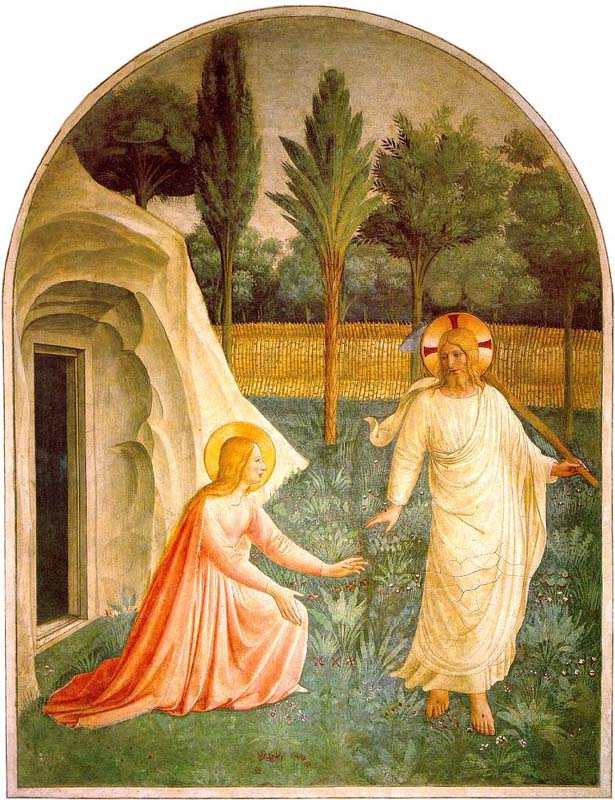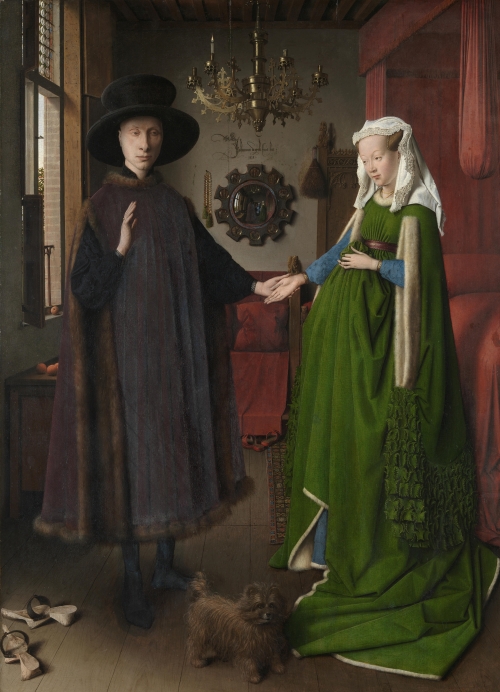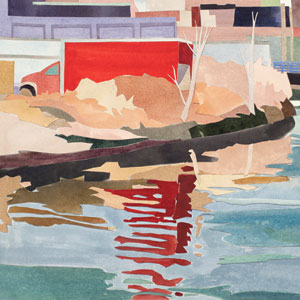
Picturing Mary Magdalene
ART HISTORIANS ARE NOT NECESSARILY the best commentators on art. They are primarily researchers: archival sleuths, inquirers, unearthers of fact. Gumshoes, the best of them. Some can write, many cannot. The discipline draws bookish sorts who are more at home in a library carrel, reading up on the words of some other member of the discipline who needs to be corrected. Or quieted. Or slain. In many respects, the discipline can be thought of as the yeshivot of the art world, a seminary for orthodox secularists trying to puzzle out the path to a better heaven. Continue Reading





